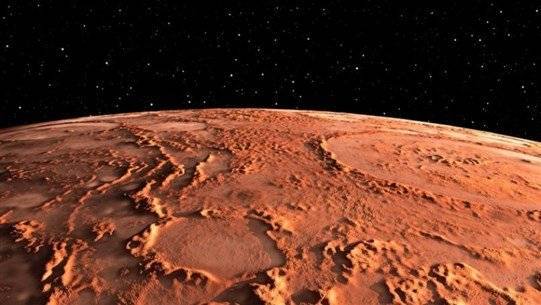A study published in the journal PLOS ONE concluded that it may be possible to grow plants on Mars, transforming it into a greener planet and removing its designation as the red planet. A team of researchers from Iowa State University specifically proposed alfalfa as a potential candidate for growth on the Martian surface. Alfalfa, or Medicago sativa, is a plant that has been grown to feed livestock for hundreds of years.
**Importance of Soil and Food**
Plants need the same essential elements to survive on Mars as they do on Earth, including soil, water, food, and sunlight. However, since Mars lacks soil, researchers turned to a more prominent element on the red planet: basalt. The researchers found that by modifying the basalt, they could use it to produce food for growing and sustaining alfalfa. After planting alfalfa in a piece of basalt land, there was a greater chance of survival for other crops planted alongside it. These crops included lettuce, radishes, and turnips, which grew better by 311%.
**Importance of Water**
The second part of the study focused on water, which is rarely found on the Martian surface. Most of the water present on Mars is in the form of ice at the planet's poles and is too salty for plant cultivation. The researchers added a type of bacteria known as Synechococcus to make it less saline, and their research found that while the bacteria significantly reduced the salt levels in the water, it still remained insufficient for plant use.
The team discovered they could further desalinate the water by filtering it through basalt rocks, and this freshly filtered water became clean enough for plant cultivation. The researchers stated, “The effect of biologically filtered desalinated water on the growth of turnip and radish plants in basalt-rich soil mimicking treated basalt soil was assessed.” They added, “Both turnip and radish plants grew healthily using biologically filtered desalinated water compared to those grown with unfiltered saline water.” This also led to significant increases in the dry weight of turnip plants (278%) and the fresh weight of radish bulbs (1047%) grown.




